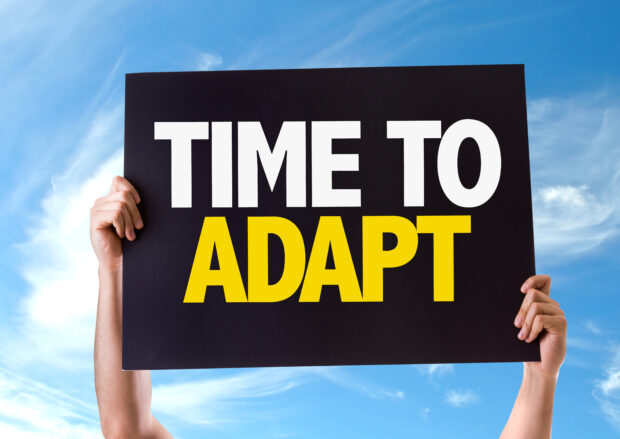The appetite for risk is evolving in the insurance industry. The events of the last few years—volatility from inflation, climate change, regulatory updates, and technological innovations just to name a few—have caused many industry leaders to press pause and steer clear of more volatile markets in favor of stability during these times of ever-present change and disruption.
Executive Summary
If insurance leaders only rely on what's always worked in more stable environments, they won't be well positioned against more agile competitors, directors at Kotter Inc., a change management consultancy argue. Here, they offer a new set of behaviors for leaders to adopt to create cultures that are highly adaptive to trends in risk, empowering employees in all positions and at all experience levels to react and innovate.However, to remain competitive against more agile competitors, insurance executives should adopt new behaviors to lead their culture, people, and systems to a more adaptable state—allowing them to stand out in a changing insurance landscape and preparing their company to seize current and future opportunities. Leaders should consider the following ways to build adaptable organizations to meet new challenges and evolve the business.
Engaging The Whole Organization
As the environment shifts, so may insurance focus areas and business objectives. This is a great time to clearly articulate to the broader organization and any counterparts how their roles impact growing policy count and influence specific company goals.























